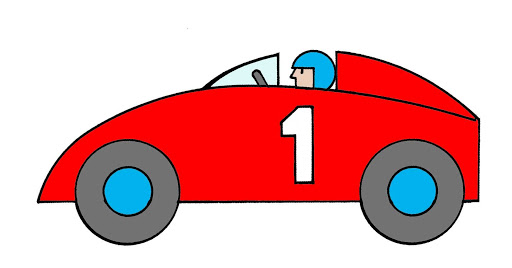The Memory of Pain

What do dolphins and your danger detection system have in common? They both have an excellent memory (Dell’Amore, 2013)!
Have you ever noticed that when you’re sick, you can feel all those old aches and pains again? It can hurt to simply lay on the couch and you just can’t get comfortable. Part of the reason is because pain has a very close relationship with the immune system, not just the nervous system. As a result of this relationship, pain is learning, adaptive, and predictive (Schmidt, 2019).
The immune system is plastic, meaning it is able to adapt to its environment. When our bodies are exposed to a threat (a virus or bacteria, for example), the immune system retains information about said threat and the resulting adaptations necessary to fight it. That way, if we encounter that same threat again we are able to react more efficiently (this is how immunizations work). What would happen if you had a car with that kind of ability to adapt? If you got a flat tire from driving over a nail, the next time you come to a nail in the road the tire would destroy the nail before it creates a hole. Maybe the car would automatically grow a larger air conditioning unit when you drive through the scorching Southwest in July, and a larger heating unit driving through the frigid Northeast in January. (Moseley and Butler, 2017).
This amazing ability for the immune system to remember and adapt also pertains to other threats, such as a sprained ankle, the trauma of losing a loved one, or an injection of a foreign substance, such as morphine. Once immune cells experience the unique chemical environment of each threat, our body creates a memory and becomes primed to react. When the immune system encounters that particular chemical environment of threat again, it will react with protective measures, one of which is pain.
Besides memory, the immune system can also adapt to threat through efficiency. It does this through speed and ease of transmission. Think of this like driving. Before exposure to threat, the immune system is driving sleepily on a busy city street. After adaptation to threat, the immune system is driving like a race car driver on an open course. This driver is carrying danger messages. This means it will take less threat to produce the same pain with an adapted immune system. Pain therefore may now be produced by something that does not even relate to your body, or from a slight shift in DIMs (see post #4), or a change in psychological environment (see post #3), etc.

Another way to think about this adaptation in memory and efficiency is with music. Most musicians will tell you that once they have practiced a song enough, it eventually becomes automatic. Pain works the same way. The more your body plays the pain tune (you check in with your symptoms several times a day, co-workers ask you how you’re doing, you avoid activities that may cause pain, …), the better you get at playing the pain tune. In fact, you can get so good at it, you start playing the pain tune when you should be playing something else (Moseley and Butler, 2017). I recommend a clip from this video for a good demonstration (watch from minute 41:15- 48:45): https://www.youtube.com/watch?v=lCF1_Fs00nM&t=2437s
Stayed tuned for more on how we are adaptable and plastic, and how we can be influenced by language, imaging, and opioids.
- Dell’Amore, C. (2013, August 6). Dolphins Have Longest Memories in Animal Kingdom. National Geographic. https://www.nationalgeographic.com/news/2013/8/130806-dolphins-memories-animals-science-longest/#close
- Schmidt, S. (2019). Moving Without Moving [Powerpoint Slides]. Retrieved from Align Conference.
- Moseley, G. L. & Butler, D. S. (2017) Explain Pain Supercharged. Noigroup Publications.
Post Written by PRO’s Own Sarah Geraghty

